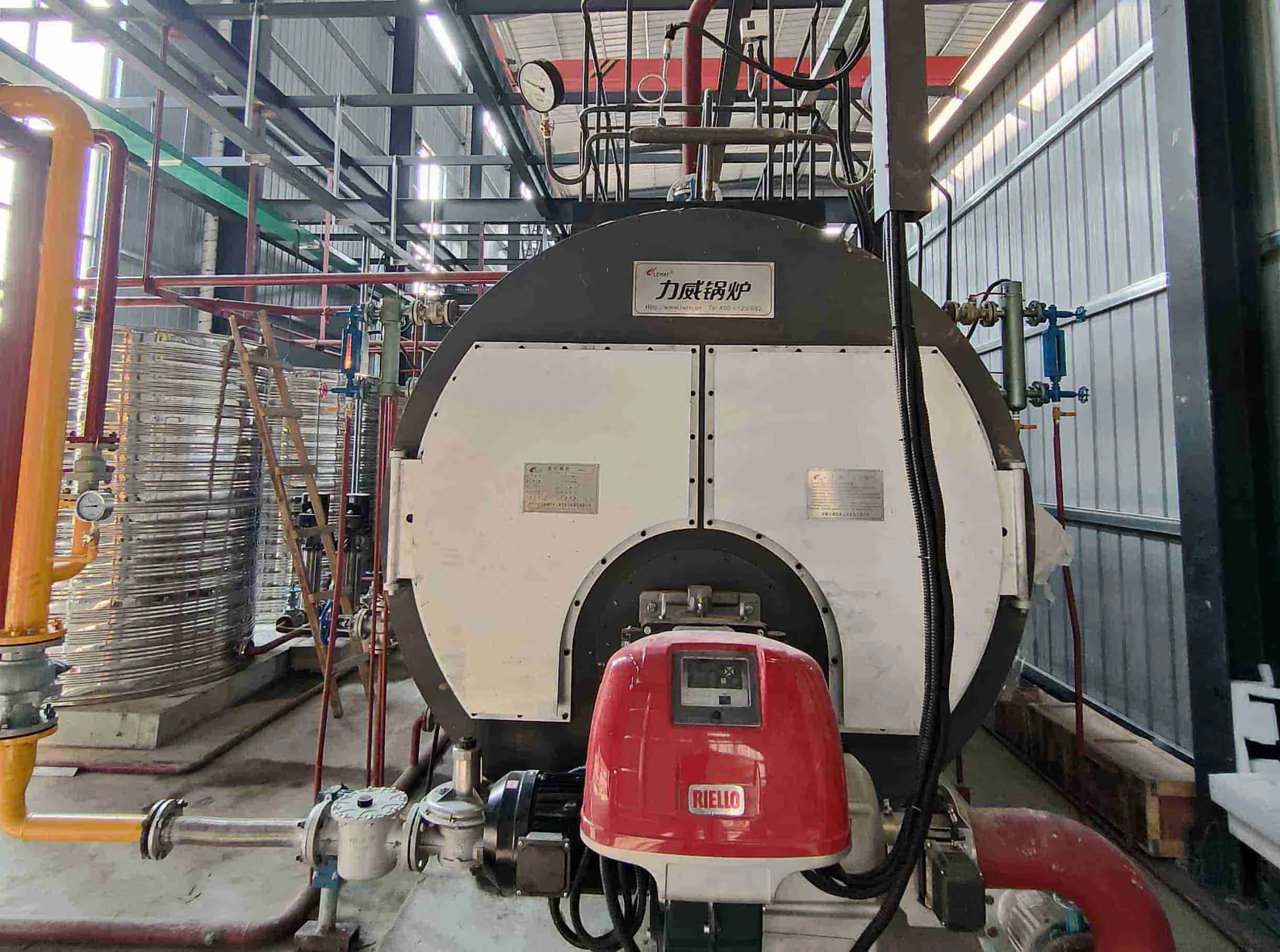 export@ezsteelpipe.com
export@ezsteelpipe.com +86 731 8870 6116
+86 731 8870 6116

The cold drawing process is a critical method for improving the dimensional precision, surface finish, and mechanical properties of steel tubes. Below is a detailed breakdown of the key process steps and the key points to ensure quality:

1. Material Preparation
- Annealing: The steel tube is softened by heat treatment to improve ductility before cold drawing.
- Pickling & Descaling: The tube is cleaned in an acid bath (e.g., hydrochloric or sulfuric acid) to remove oxides and scale, ensuring a smooth surface.
- Lubrication: A lubricant (e.g., phosphate coating or soap) is applied to reduce friction during drawing.
2. Cold Drawing Operation
- Pointing: One end of the tube is tapered to fit through the die.
- Drawing: The tube is pulled through a tungsten carbide or diamond die using a draw bench or mandrel.
- Sinking (No Mandrel): Only the outer diameter is reduced, but wall thickness control is poor.
- Plug Drawing (Fixed Mandrel): Improves both OD and ID precision.
- Floating Mandrel Drawing: Enhances wall thickness uniformity.
- Multiple Passes: For high precision, multiple cold drawing passes with intermediate annealing may be required.
3. Post-Drawing Treatment
- Straightening: Roller or stretch straightening ensures dimensional accuracy.
- Heat Treatment (Stress Relieving/Annealing): Removes residual stresses and restores ductility.
- Final Inspection & Cutting: Tubes are checked for dimensions, surface defects, and mechanical properties before cutting to length.
1. Material Selection & Pre-Treatment
- Ensure proper annealing to avoid cracking during drawing.
- Effective descaling prevents surface defects.
2. Die & Mandrel Quality
- High-precision dies (WC or diamond) ensure dimensional accuracy.
- Proper die angle and surface finish reduce friction and defects.
3. Lubrication & Drawing Speed
- Optimal lubrication prevents galling and surface scratches.
- Controlled drawing speed avoids excessive strain hardening.
4. Process Control
- Maintain consistent tension to prevent wall thinning or breakage.
- Intermediate annealing between passes prevents brittleness.
5. Post-Drawing Inspection
- Dimensional Checks: OD, ID, wall thickness, and straightness.
- Surface Quality: No cracks, pits, or scratches.
- Mechanical Testing: Tensile strength, hardness, and elongation meet standards.
By carefully watching these factors, manufacturers can produce high-precision, high-strength steel tubes with excellent surface finish and tight tolerances for critical applications like automotive, aerospace, and hydraulic systems.

 Related Products
Related Products